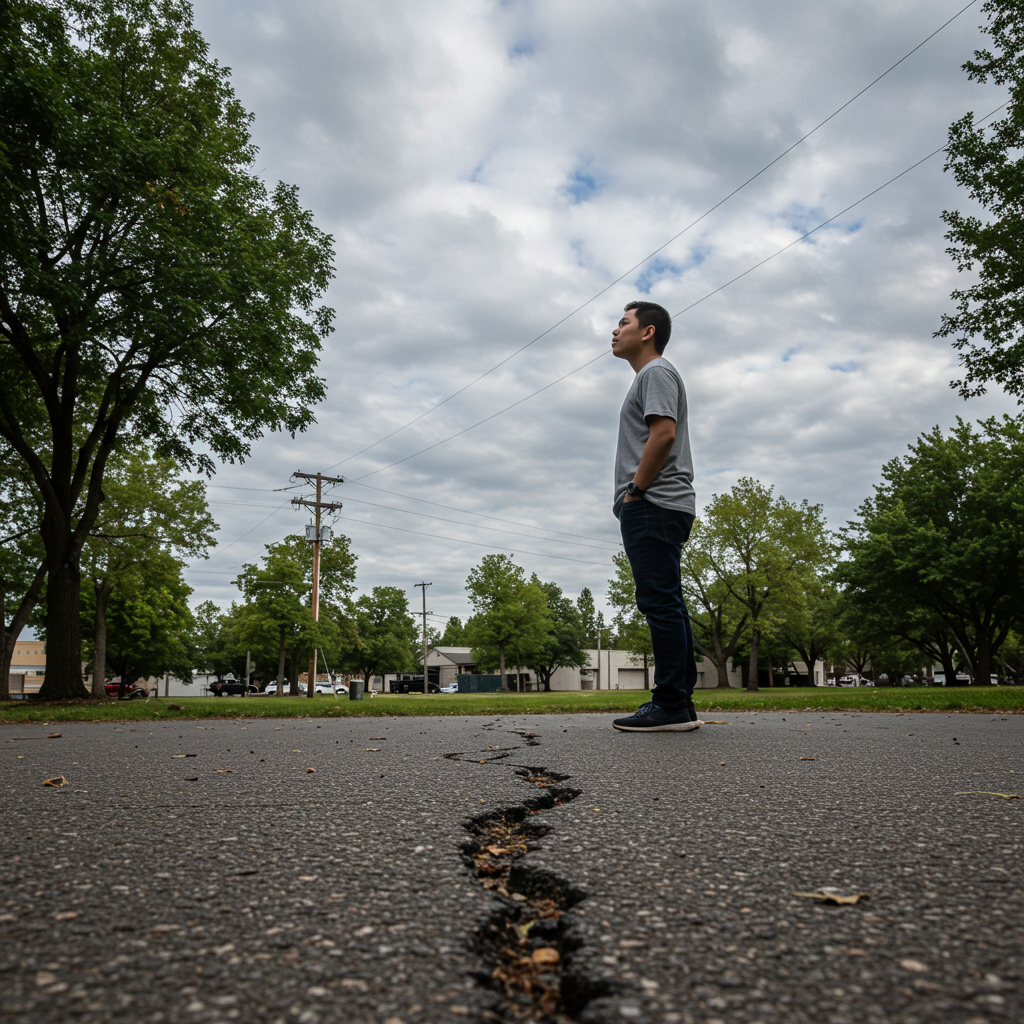Discover essential tips and strategies to protect yourself during an earthquake. Our comprehensive guide covers safety measures and preparedness steps for all.
Earthquakes are one of nature’s most unpredictable and destructive forces. They can strike without warning, leaving devastation in their wake. While we cannot prevent earthquakes, we can take steps to protect ourselves and minimize the risks. This guide will walk you through essential strategies to stay safe before, during, and after an earthquake.
1. Understanding Earthquakes
Before diving into safety measures, it’s important to understand what earthquakes are and how they occur. Earthquakes are caused by the sudden release of energy in the Earth’s crust, resulting in seismic waves. This energy release often happens along fault lines, where tectonic plates meet. The severity of an earthquake is measured on the Richter scale, with higher numbers indicating stronger quakes.
Key facts about earthquakes:
- They can last from a few seconds to several minutes.
- Aftershocks, which are smaller tremors, can follow the main quake.
- Earthquakes can trigger secondary disasters like tsunamis, landslides, and fires.
Understanding these basics helps us appreciate the importance of preparedness.
2. Preparing for an Earthquake
Preparation is the cornerstone of earthquake safety. Here’s how you can get ready:
a. Create an Emergency Kit
Your emergency kit should include:
- Water (at least one gallon per person per day for three days).
- Non-perishable food (enough for three days).
- Flashlights and extra batteries.
- A first-aid kit.
- A battery-powered or hand-crank radio.
- Important documents (ID, insurance papers, etc.).
- Cash (ATMs may not work after a quake).
- Medications and personal hygiene items.
b. Develop a Family Emergency Plan
- Identify safe spots in your home (e.g., under sturdy furniture or against interior walls).
- Designate a meeting place outside your home in case you get separated.
- Practice “Drop, Cover, and Hold On” drills regularly.
c. Secure Your Home
- Anchor heavy furniture, appliances, and shelves to walls.
- Install safety latches on cabinets to prevent items from falling.
- Reinforce your home’s structure if you live in an earthquake-prone area.
d. Stay Informed
- Sign up for local earthquake alerts and warnings.
- Familiarize yourself with your community’s emergency response plans.
3. Staying Safe During an Earthquake

When the ground starts shaking, every second counts. Here’s what to do:
a. Indoors
- Drop, Cover, and Hold On: Drop to your hands and knees, take cover under a sturdy piece of furniture, and hold on until the shaking stops.
- Stay away from windows, mirrors, and heavy objects that could fall.
- Do not use elevators.
b. Outdoors
- Move to an open area away from buildings, trees, streetlights, and utility wires.
- If you’re in a vehicle, pull over to a safe spot and stay inside until the shaking stops.
c. In Public Spaces
- Follow the instructions of staff or emergency personnel.
- Avoid rushing to exits, as this can cause panic and injuries.
4. After the Earthquake: What to Do Next

The immediate aftermath of an earthquake can be chaotic. Here’s how to navigate it safely:
a. Check for Injuries
- Administer first aid if necessary.
- Seek medical attention for serious injuries.
b. Inspect Your Surroundings
- Look for hazards like gas leaks, downed power lines, or structural damage.
- If you smell gas or hear a hissing sound, evacuate immediately and call the gas company.
c. Stay Informed
- Listen to the radio or check official sources for updates and instructions.
- Be prepared for aftershocks.
d. Help Others
- Assist those who may need help, such as the elderly, children, or people with disabilities.
- Avoid entering damaged buildings unless it’s absolutely necessary.
5. Long-Term Recovery and Resilience
Recovering from an earthquake can take time, but there are steps you can take to rebuild and strengthen your resilience:
a. Repair and Rebuild
- Work with professionals to assess and repair structural damage.
- Consider earthquake-resistant designs and materials for future construction.
b. Emotional Recovery
- Acknowledge the emotional impact of the disaster.
- Seek support from friends, family, or mental health professionals if needed.
c. Community Involvement
- Participate in community recovery efforts.
- Advocate for better preparedness and infrastructure in your area.
6. Common Myths About Earthquakes
Let’s debunk some misconceptions:
a. “Doorways are the safest place to be.”
- Modern buildings are not necessarily safer in doorways. Instead, focus on “Drop, Cover, and Hold On.”
b. “Earthquakes only happen in certain areas.”
- While some regions are more prone to earthquakes, they can occur anywhere.
c. “Small earthquakes prevent big ones.”
- Small quakes do not relieve enough stress to prevent larger ones.
7. Final Thoughts
Earthquakes are a reminder of the Earth’s immense power, but they don’t have to be a source of fear. By understanding the risks, preparing thoroughly, and knowing how to respond, you can protect yourself and your loved ones. Remember, preparedness is not a one-time task—it’s an ongoing commitment to safety.
Stay informed, stay prepared, and stay safe.

